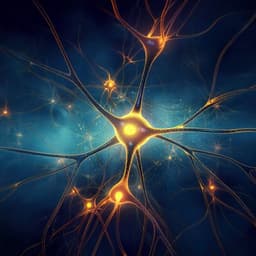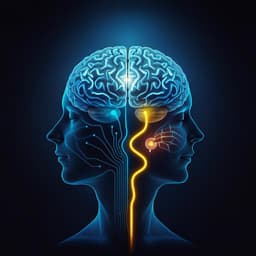
Medicine and Health
Cortical structural and functional coupling during development and implications for attention deficit hyperactivity disorder
S. M. Soman, N. Vijayakumar, et al.
This groundbreaking neuroimaging study reveals significant insights into the contrasting development of structure-function coupling in children with ADHD compared to their typically developing peers. Conducted by Shania Mereen Soman, Nandita Vijayakumar, Phoebe Thomson, Gareth Ball, Christian Hyde, and Timothy J. Silk, the findings highlight atypical connectivity patterns that may influence cognitive development in ADHD.
~3 min • Beginner • English
Related Publications
Explore these studies to deepen your understanding of the subject.







